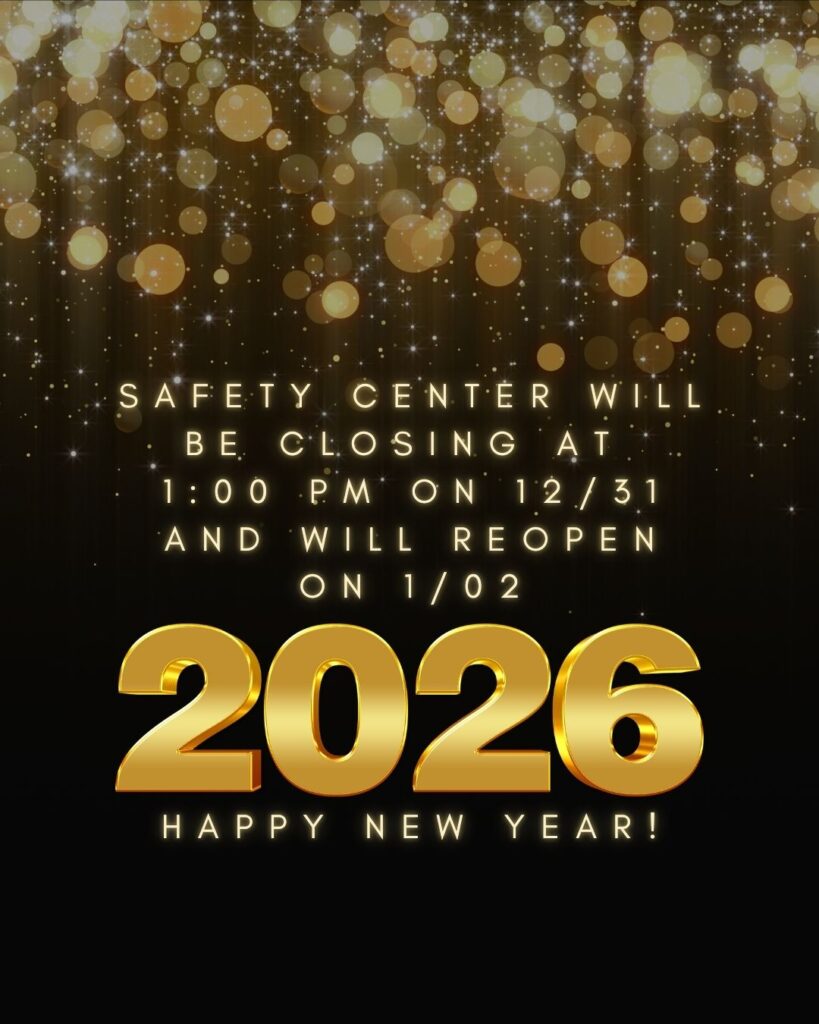Author: Bob Lapidus, CSP, CSMS
In the field of safety, the mission is to prevent accidents. What does it take to achieve such a goal?
Our entire profession has evolved over many decades pursuing the elimination of occupational injuries and illnesses. Safety started out with the basics of getting rid of unsafe conditions and seeking to stop employees from committing unsafe acts. The career field evolved into design engineering and making the job fit the employee rather than the other way around.
Employers have created Standard Operating Procedures, Codes of Safe Practices, and Safety Rules to establish regulations and guidelines to make the workplace safer. Training on these various requirements is provided in safety meetings, tailgate meetings, pre-job meetings, and via formal training programs and courses. Managers, supervisors, and assigned trainers give such training initially, through refresher sessions, and whenever there appears to be a need.
Employers, manufacturers and suppliers have designed machines and equipment to remove originally-built-in hazards and to install updated and revised safeguards.
Via Federal and State OSHA regulations, employers require their employees to wear a variety of personal protective equipment if hazards cannot be engineered out of machinery and/or the environment.
The mission is never ending. The work to prevent accidents is a 24-hour daily process. The safety effort is not just the safety person or management or employee’s. No one activity prevents accidents. Everything and everyone in each organization work together to establish a safe work life (pun intended).
We hear of organizations working years without lost time accidents. Many of these establishments are high hazard and yet they have succeeded in accident prevention. For sure, such results are not luck. They are a consequence of people working together to achieve the goal of not sustaining occupational injuries and illnesses. Management spends monies from which a positive return-on-investment is attained. Everyone in the organization has bought into the accident prevention goal usually in a well-managed enterprise. Excellent results come about when correct performance matters on a moment to moment basis.
For More Information:
To become part of discussions on topics like the one above, go to www.safetycenter.org to obtain information about Safety Center’s Safety Management Specialist Certificate.
After completing this nine-day program, graduates may take the exam to achieve the Certified Safety Management Specialist (CSMS) designation. Once this certification is achieved, successful candidates keep it for the rest of their lives without any additional requirements or fees.
Articles\SafetyManagementSpecialistCertificate-Article#37-101514.doc



